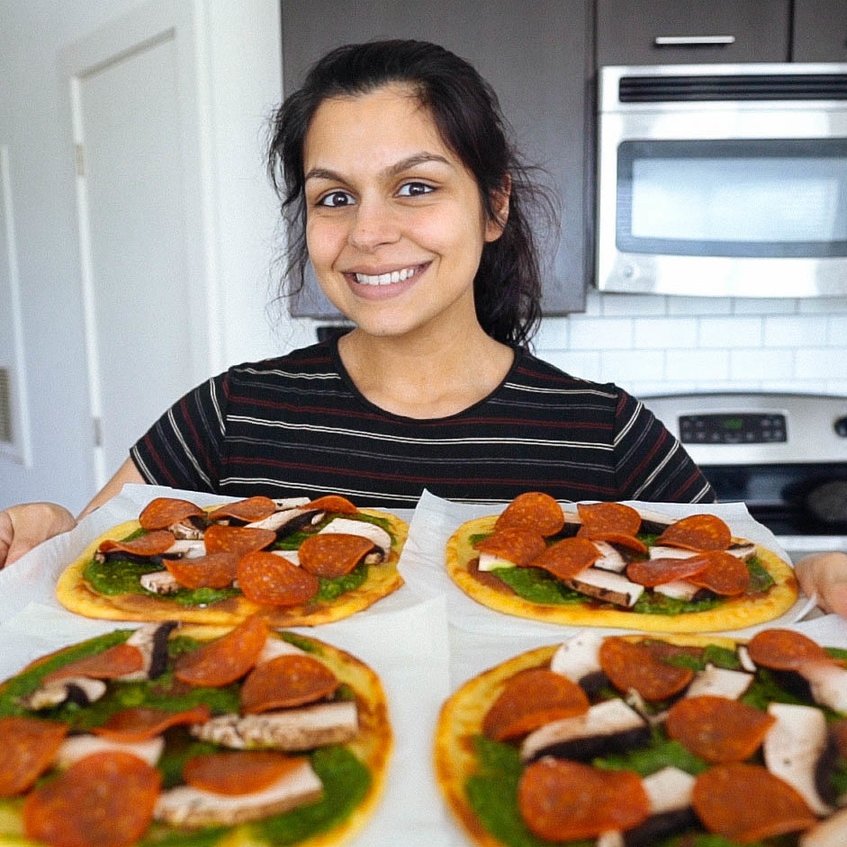Looking for an introduction to the Keto diet? Every woman understands the struggle of weight loss. You notice different bulges and changes in your body, and you realize your diet isn’t working for you. The thing is, you’re looking for something that will last, and not just a quick fix. Here's an introduction to the Keto diet to get you started.
1. Ketosis
A ketogenic diet puts your body in ketosis. The average body needs glucose from carbs for energy. On Keto, when your body enters ketosis it will change the primary source of energy from glucose to fat. When in ketosis, the body will create ketones, which is another source of energy for your body. When your glucose levels are low, your body will start to burn fat, especially if you are:
• Fasting
• Engaged in long-term exercise
• Following a Keto diet
• Lipase breaks down fat and releases stored triglycerides that travel to the liver, where it is then turned into ketones
2. Benefits to Keto
There are lots of other benefits to a ketogenic diet other than weight loss. Here are a few:
• Better hormone regulations, which leads to few PMS symptoms
• Improved triglyceride and cholesterol levels
• Reduced chance of acne
• Better blood sugar levels
• Lower hunger, and fewer sensations of deprivation
• Better energy
• Improved mental clarity and cognition
• Burning body fat
Snapshot Survey
Thanks for sharing your thoughts!
Please subscribe for your personalized newsletter:
3. Fat and Protein
A lot of people hear that the Keto diet is high in fat and thinks that it couldn’t be good for them. But the important thing is that you eat healthy fats. The medium-chain triglycerides can be easily changed into energy by your liver. Also on the Keto diet, you will eat a medium amount of protein. Since fat is your primary source of nutrition, you have to lower your protein intake. This makes sure your body doesn’t use protein as energy.
4. What You Can and Can’t Eat
You should focus on high-quality whole foods. You should avoid processed foods. This is actually easier than it sounds, like bunless burgers and ghee covered veggies. The percentages of your macros should be 65-80% fat, 20-25% protein, and 5-15% carbs. The tricky thing is that you have to listen to your body. This isn’t a one-size-fits-all diet, and everybody has to find the right amount of macros for them.
Comments
EST 2005
Evolve. Empower. Elevate.
- Creators on the platform
- 3,000+
- Total social reach
- 12M+
- Features published
- 100K+
Create your profile. Earn badges. Level up your reading.
Join Allwomenstalk to track your streaks, collect badges, and earn XP for the things you already do—reading, sharing, and taking quizzes.
- 🔥Daily streaks with gentle boosts for 3, 7, and 30 days.
- 🏅Collect badges like Reader I–III, Socialite, and Quiz Ace.
- ⚡️Earn XP for reads, deep reads, likes, comments, and shares.
It’s free. Takes 30 seconds. Already have an account? Sign in.



